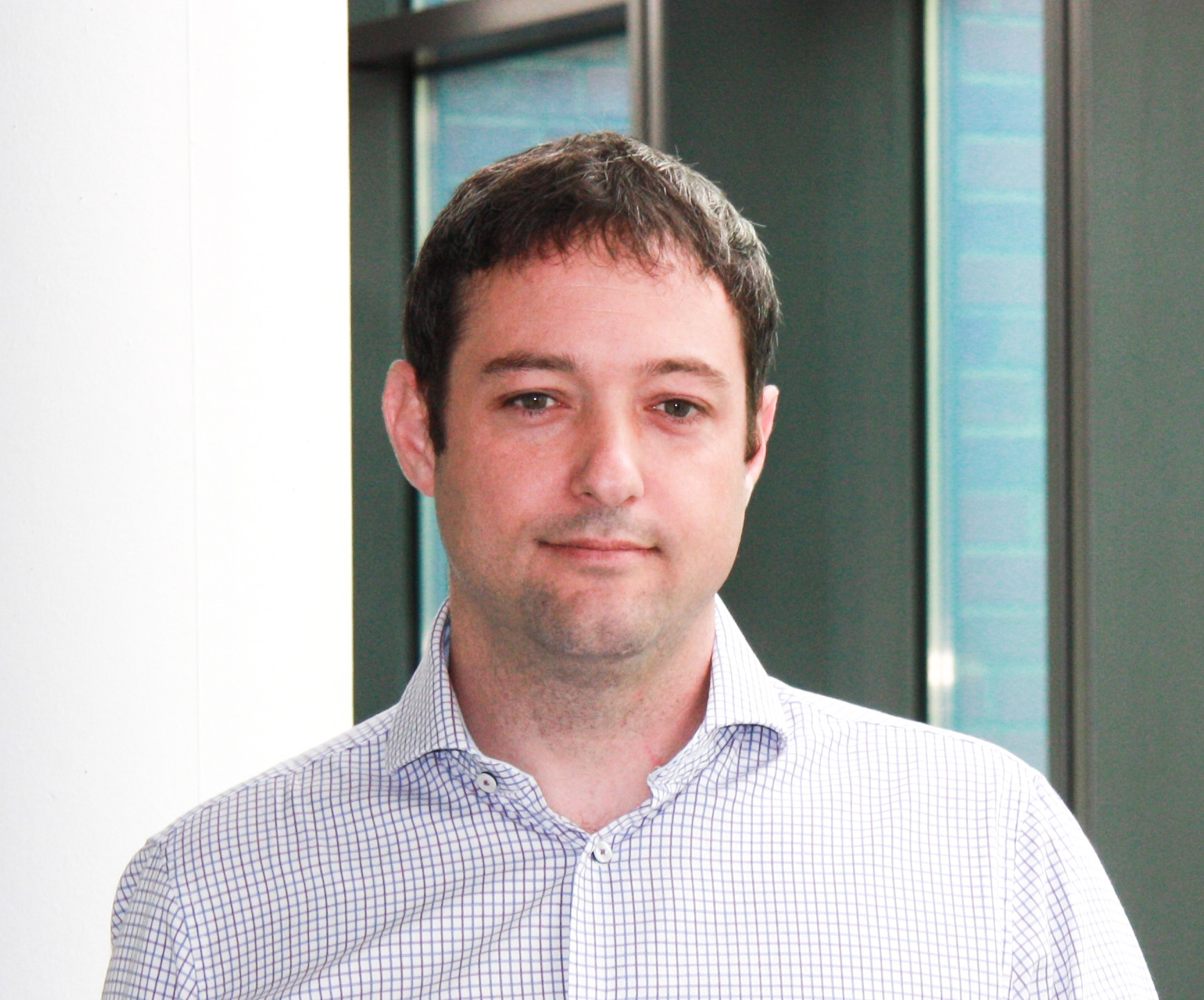Increases in yield of up to ten percent
In the best-case scenario, says Mark Bieri, the satellite-based variable seeding rate can increase the yield by around ten percent. KWS aims to expand its service moving ahead: Serbia and Germany are to be added as pilot countries in 2019.
In the meantime, employees of the Azienda Maccarese are in the field, filling hybrid corn seed into the eight hoppers of the seeder hooked up behind a green tractor. On its roof is an orangish-yellow component that communicates with the onboard electronics and feeds in the digital map material. Supported by GPS navigation, the John Deere slowly sets off and wends its way over the field.
Simone Sebastiano kneels in the furrow that has just been created, examines the depth and spacing of the seed, and then stands up jauntily. “All’s fine,” he says. “The rain’s now welcome again.”





